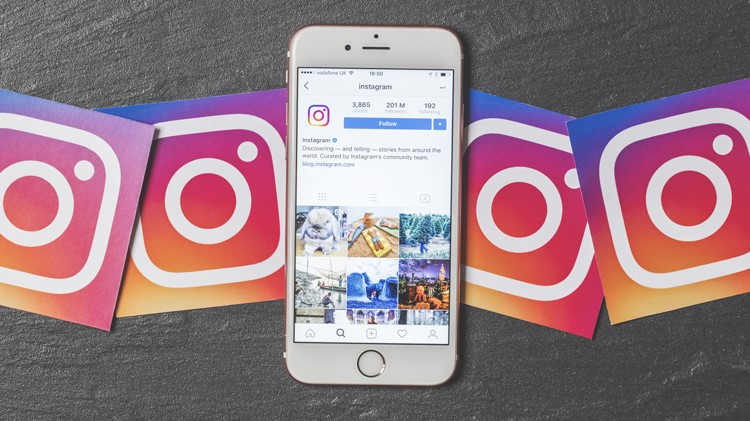With more than 700 million active users and one million advertisers registered on its platform, it has proved to be a buoyant business. How can you leverage it to improve your business? There are several options.
Instagram Business
Opening a business account in Instagram is the most complete and direct option for your company, brand or agency. It enables you to create ads that will appear before the eyes of millions of people. There are several formats:
•Simple photo: send a photo as an ad, with a lower button that you can customize with a call-to-action and that may be similar to: “Buy”, “Discover more” or “Sign up”, if it is a service.
•Video: with a duration of up to 60 seconds, you can send videos that will be played automatically to the target audience.
•Carousel: you can send a gallery of grouped images to form an ad. This way you can get more personality and depth in the campaigns.
•Stories: the new full-screen format is more captivating and enables advertisers to capture the target audience’s full attention with a full-screen short clip.
The statistics that Instagram provides its clients are very detailed: scope, plays, views, clicks, number of times the ad has been shared, conversion, subsequent installations, etc.
Scheduling posts
Instagram does not allow images to be uploaded in an automated way to prevent videos being sent en masse via programmed robots. Luckily, some tools provide a solution to this problem.
•Later.com: allows you to create a complete schedule of posts for different accounts. You can select the best times to post, get recommendations of #hashtags for photos and videos shared, complete reviews of comments and “like”, etc.
•HootSuite: this veteran tool that is the best friend of social network managers has added support to schedule posts without having to keep an eye on it.
There are other options like Schedugr.am and Buffer.com that allow business to basically perform the same task. In all cases it is completely automated, except for the final post. A notification is sent to some devices (a smartphone, for example), and from there you can post with all the fields that have already been selected. It is so fart the only possible way to do it.
Direct API
The Instagram API is not as powerful as the Twitter or Facebook API platform, but it has several interesting methods if we want to perform the tasks related to our business in this social network on our own.
•Likes: the same method /media/{identificador}/like allows to get a list of likes that a photograph or video have received, if we use a GET call.
If we use the POST method we can add a like to that specific identifier with the account in which we are authenticated and, if we send a DELcall, we can delete it.
•Users: this is perhaps the most extensive method of the entire API, despite it being read only. It always uses GET calls and allows users to obtain information on their account, by calling at any time with /users/self. It is useful to know with which account we are authenticated or to review our profile statistics.
To obtain information about another account, whether it be our business or any user, we can call /users/{identificador-de-cuenta}.
This method has two sub-methods that we will use often, as they are /users/{identificador-de-cuenta}/media/liked to review the latest likes sent from this account or /users/{identificador-de-cuenta}/media/recent to get the latest posts sent.
•Relationships: to manage who we follow or stop following, Instagram offers us methods of reading to check the status of follow-up relationships between users.
We can get the list of accounts that follow an account by calling /users/{identificador-de-cuenta}/followed-by or those followed by that account at /users/{identificador-de-cuenta}/follows. Simple.
You can make a GET call to /users/{identificador-de-cuenta}/relationship to check the status of the relationship between the target account and the account with which we are authenticated, or by using a POST call to the same method to edit it. Valid actions are follow, unfollow, approve and ignore.
Unfortunately you cannot check the status of the relationships between users that do not correspond to the authenticated account, so we will not be able to follow up among third parties.
•Tags: tags are perhaps the most powerful option for an advertiser. They allow access to complete sub-universes within Instagram and to reach specific audiences. There are three methods of tags, even though they are read only.
/tags/{nombre-etiqueta} allows us to find out information about the tag as well as the total of available content, popularity, etc.
/tags/search allows us to specify a term to search within tags. Useful for finding popular tags to send our photos and videos to.
As you see, the possibilities for your business by using Instagram are far ranging if you know how to master your API. It will allow you to reach where other businesses have not been able to get and find an audience that is willing to find out about your product or service.
Are you interested in financial APIs? Discover all the APIs we can offer you at BBVA.











